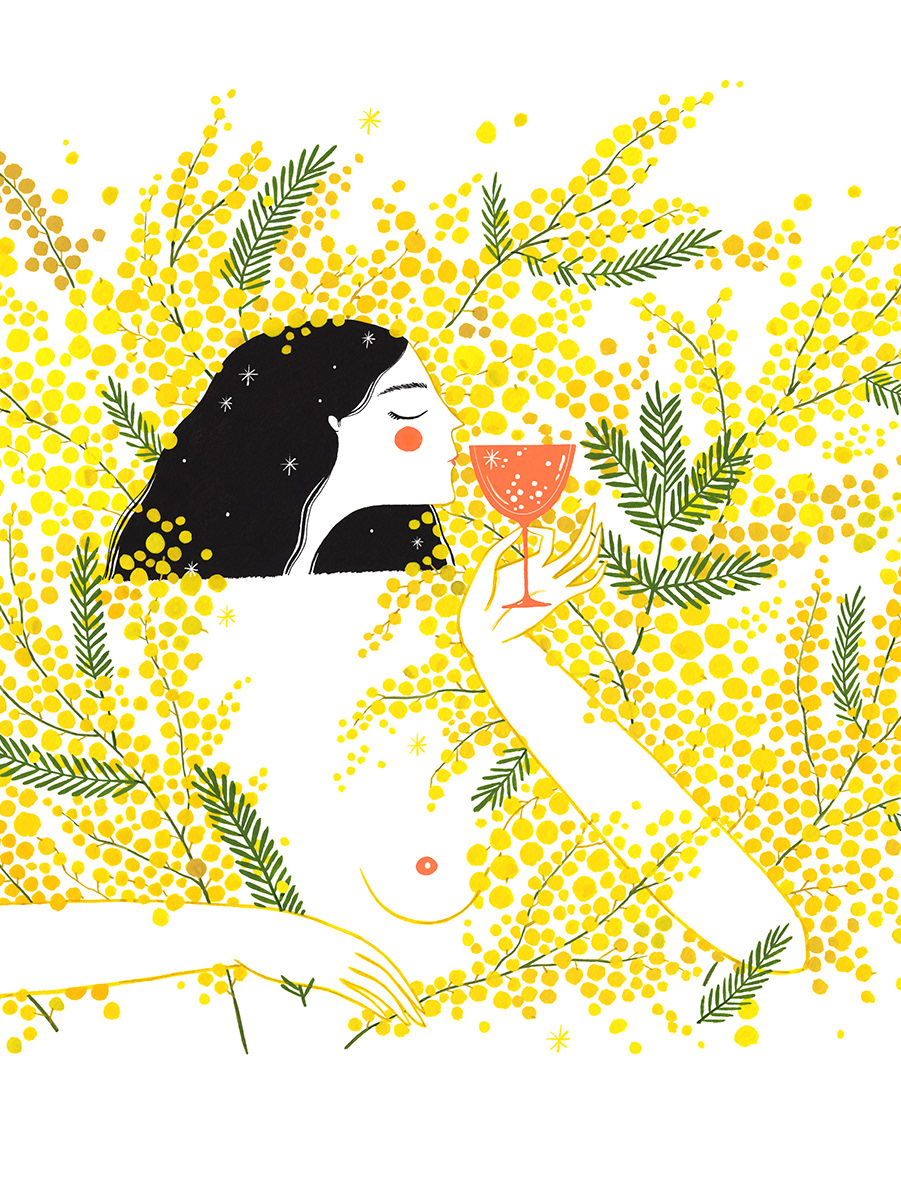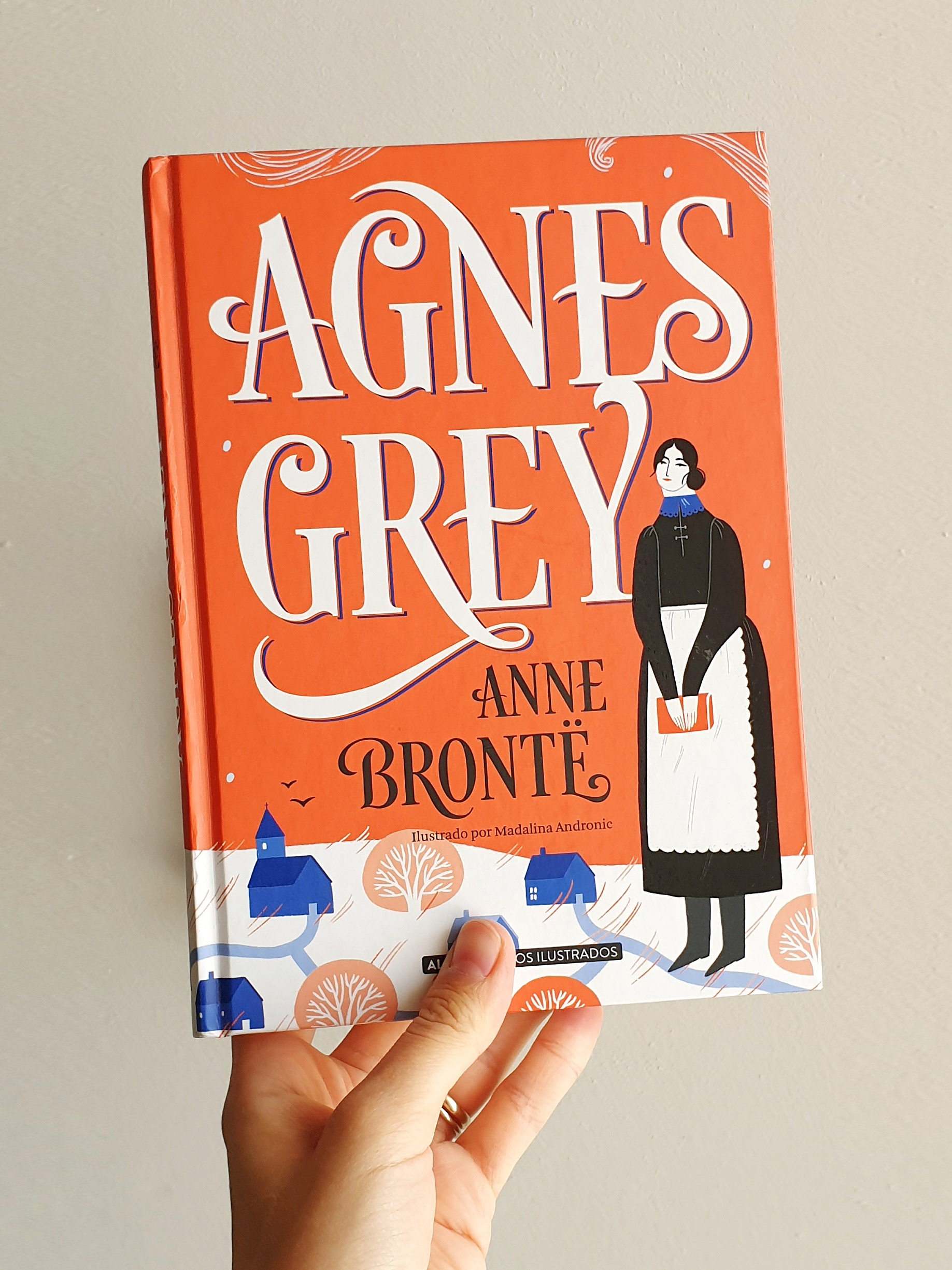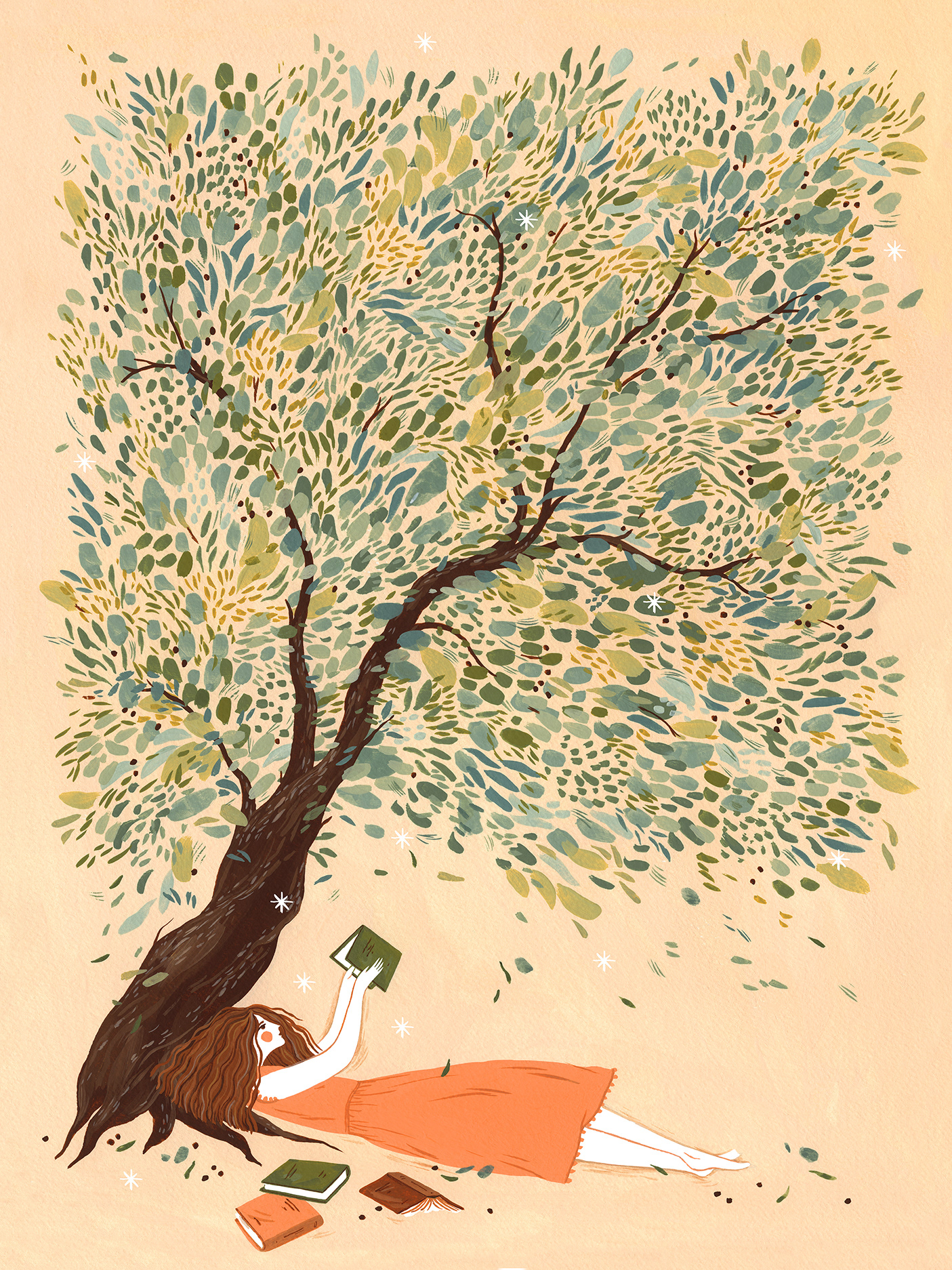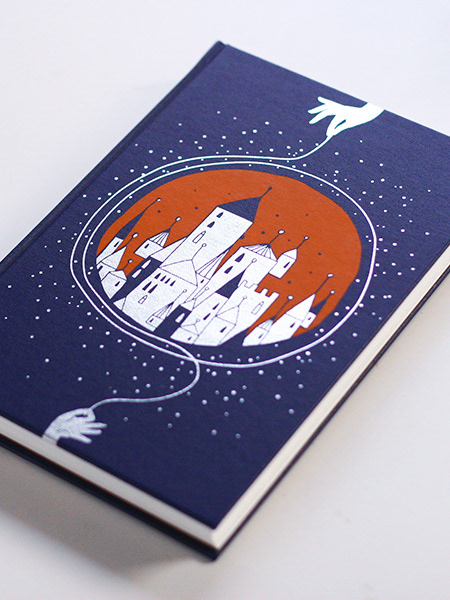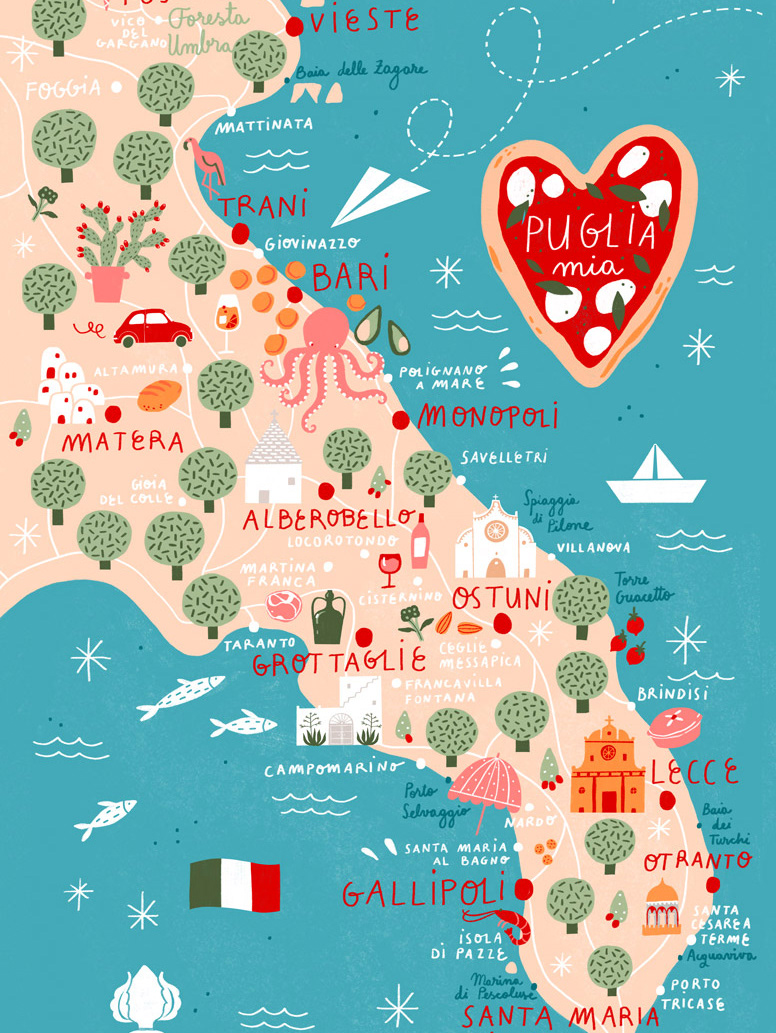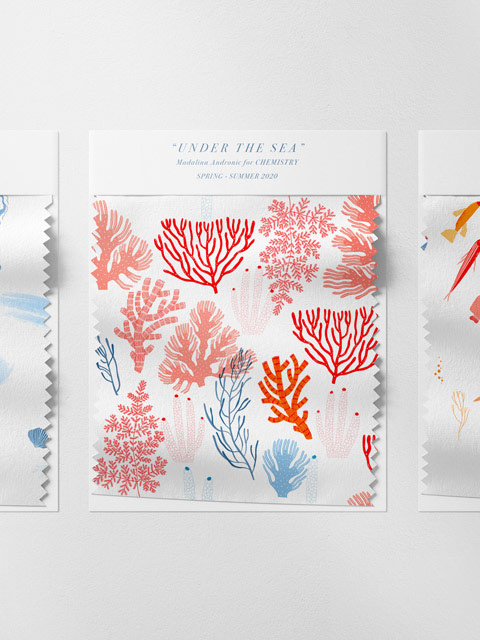Love is magic and mysterious, it doesn’t always reveal itself at once and we often find ourselves coming its way longing, searching, dreaming, bewitching. Long time ago, the Romanian people believed that fate ordains us a one true love and destiny can be none other than that already written for us. Passionate and eager, girls have always tried to find out more about what the future holds, through innocent and intimate rituals, small gestures for the enchanted nights in which lies the knowledge of what love may bring.
TURTA / THE BREAD
În Ajun de Sfântul Andrei, fetele iau cu degetele de la o mână cantități egale de făină și sare, peste care toarnă o gură de apă neîncepută; frământă și coc o turtă sărată, pe care o mănâncă înainte de culcare. Cel care le aduce apă în vis le este sortit.
On Saint Andrew’s Eve, girls take equal parts of flour and salt with their fingers and mix them with a mouthful o unspoken water; a salty flatbread is kneaded and baked, then eaten before bedtime. The man who brings a girl water in her dream is meant to be her destiny.
OGLINDA / THE MIRROR
De Sfântul Andrei, la miezul nopții, fata care a postit toată ziua îngenunchează goală și despletită între două oglinzi, cu câte o lumânare aprinsă în fiecare mână. Privind intens în oglinda din fața ei, va vedea scene din viitorul său, peste umăr, în oglinda din spate.
On Saint Andrew’s, at midnight, the girl who fasted all day kneels down naked and dishevelled between two facing mirrors, with a lit candle in each hand. Staring intensely in the mirror in front of her, she will see scenes from her future life, over the shoulder, in the mirror behind her.
MASA / THE TABLE
De Sfântul Vasile, pe o masă mare, se ascund sub vase diferite obiecte simbolice (cuțit, piatră, cărbune, oglindă, pieptene, inel, ban, floare). Fetele se strang în jurul mesei și fiecare își alege o strachină, descoperind obiectul de sub ea. Prin asemănare, se presupune că cel sortit va fi chipeș (inel), bogat (ban), vanitos (oglindă), tuciuriu (cărbune), iute la mânie (cuțit), dințos (pieptene). Celor cărora le pică piatra sau floarea cor rămâne nemăritate, ca o greutate la casa părintească sau ofilindu-se în așteptarea măritișului.
On Saint Basil’s Day, various symbolic objects (knife, rock, coal, mirror, comb, ring, coin, flower) are hidden under bowls on a large table. The girls gather around it and each one picks a bowl, discovering the object underneath. The objects predicts whether the future husband will be handsome (ring), rich (coin), vain (mirror), dark-skinned (coal), with a temper (knife), toothy (comb). The girls who get the rock of the flower will remain unmarried, like a burden for their parents or withering while waiting to be wed.
GRÂUL / THE WHEAT
În noaptea de Sfântul Andrei, patruzeci și una de boabe de grâu sunt ascunse sub perna fetei de măritat. Bărbatul care îi fură grâul în vis îi va fi soț în viitorul apropiat.
On Saint Andrew’s night, forty-one wheatberries are hidden under the young maiden’s pillow. The man stealing the wheat berries in her dream is going to be her husband in the near future.
CUNUNA / THE WREATH
În noaptea de Drăgaică, fetele tinere împletesc cununi din flori galbene de sânziene și le aruncă pe casă. Dacă vreo cunună rămâne agățată de horn sau pe acoperișul casei, fata se va mărita curând.
On Midsummer Night, young girls make bedstraw wreaths and throw them up on their house. If the wreath remains suspended on the horn or on the roof of the house, it means the girls will be married soon.
CENUȘA / THE ASH
În noaptea de Sfantul Andrei se pune un pahar cu apă neîncepută peste o mână de cenușă din vatră. Se aruncă o verighetă sfințită în pahar și se aprind două lumânări de o parte și de alta a acestuia. Fata învârte încet paharul și chipul ursitului se va forma din cenușă, în centrul verighetei.
On Saint Andrew’s night, a glass of unspoken water is placed on a handful of ash. A wedding band is dropped in the glass and two lit candles are held on both sides of the setting. While the girl slowly spins the glass, the face of her future husband will take shape in the ash underneath the glass, in the centre of the wedding band.
USTUROIUL / THE GARLIC
De Sfântul Andrei, se coace un colac din aluat dospit, în mijlocul căruia se pune un cățel de usturoi și se așează la loc ferit. Dacă usturoiul încolțește după o săptămână, fata va avea noroc la măritiș.
On Saint Andrew’s Day, leavened dough is baked into a round bread, then a clove of garlic is placed in the middle and set aside in a snug corner. If the garlic sprouts after one week, the girl will luckily merry.
ROUA / THE DEW
În dimineața zilei de Sânziene, bătrânele strâng roua sânzienelor cu o pânză albă, nouă, fără a scoate o vorbă, apoi storc picăturile în ulcele noi. Fetele își clătesc obrazul cu rouă pentru a avea noroc în dragoste.
On Midsummer’s morning, older women soak white, new cloths in bedstraw dew and, without speaking a word, they wring out the drops in new pipkins. Girls rinse their faces with the dew to have luck in love.
De Anul Nou, fetele coc turtițe dintr-o mână de mălai și o gură de apă neîncepută, apoi fiecare o însemnează pe a ei, le ung cu untură și le înșiră pe o scândură lungă de lemn, în fața unei pisici. Fata a cărei turtiță este mâncată prima de piscă se va mărita cea dintâi.
On New Year’ Eve, girls bake small breads out of a handful of cornflower and a mouthful of unspoken water, then they each mark their own, smear them with lard and line them up on a long wooden board on front of a cat. The girl whose bread gets eaten first is the one to marry first.
PIEPTENELE / THE COMB
De Boboează fetele se piaptănă înainte de culcare cu un pieptene de os sau lemn, pe care îl trec apoi printr-o farfurie cu apă neîncepută și îl așează sub pernă pentru a-și visa ursitul.
On the Twelfth Night girls comb their hair with a bone or wooden comb, then run it through plate filled with unspoken water and place it under heir pillow, so that they can dream their future lover.
ICOANA / THE ICON
De Bobotează se toarnă nouă cești cu apă într-o strachină și se lasă peste noapte sub icoana casei. Adoua zi în zori se măsoară cu aceași ceașcă apa din strachină. Dacă mai rămâne apă pe fundul vasului, fie și câteva picături, fata se va mărita în acel an.
On the Twelfth Tide, nine cups of water are poured into a bowl placed under the house’s icon. The next day, at dawn, the water in the bowl is measured with the same cup. If there is water left on the bottom of the bowl, even a few drops, it’s a sign of marriage in that same year
BUSUIOCUL / THE BASIL
În noaptea de Bobotează, fetele își pun busuioc sfințit sub perne ca să iși viseze viitorul iubit.
On the Twelfth Night, girls put holy basil under their pillows to dream their future lover.

